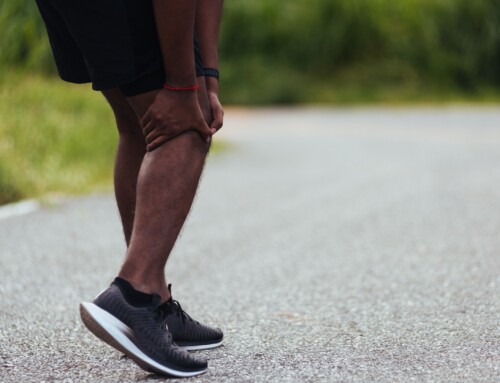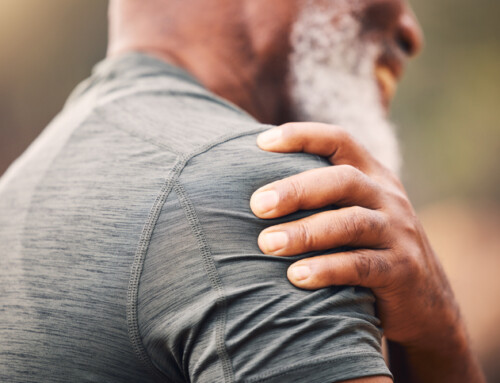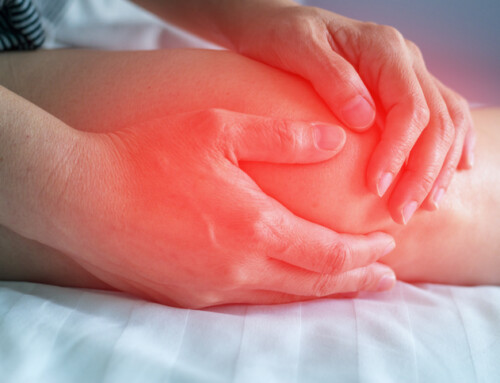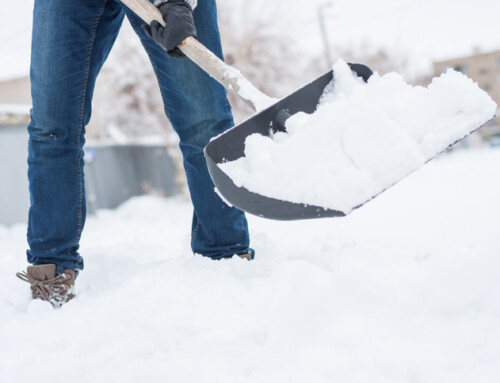by Lydia Churchill
Chronic low back pain
Low back pain (LBP) is a leading cause of disability in the world. It is widely variant from person to person, often resulting in difficulties diagnosing and treating it. In 2020, low back pain affected 619 million people globally, and those numbers are only increasing.
What causes chronic low back pain?
85-95% of LBP is nonspecific, meaning there is not one specific identifiable cause for the individual’s symptoms. Some identifiable causes in the other 5-15% of cases are:
- Osteoporotic vertebral fractures
- Inflammatory spondyloarthropathies
- Cancer
- Referred pain from other organs
- Infection
There are other factors such as increased age, repeated physical stresses (such as lifting in the workplace), muscular imbalances, psychosocial stress, low physical activity levels.
Lifting
75% of workplace related back injuries occur from lifting. 44% of individuals who have recovered from an instance of back pain will have another instance within a year. OSHA has recommendations on how to prevent the injuries from occurring.
- Ensuring that the load is not already too heavy for one person to carry on their own. Is the space clear with adequate lighting? Is your body warmed up/awake enough to be carrying a heavy load at this time?
- Lifting but never twisting your trunk. Bringing the load closer to your base of support. Bending at the hips and knees so you are in a squatting position. Engage your core muscles.
- While carrying, keep the load closer to your body, and make directional changes with your hips, not your trunk. Take small steps.
- When setting things down, squat down, bending at hips AND knees. Continue to engage your core.
Low back pain may not result in long term symptoms, but re-occurrences are common. Seeking a physical therapist or a doctor to identify the cause of (or factors affecting) your LBP may help.
Physical therapy can help to treat your current episode and prevent future ones by improving muscle strength and endurance, treating pain symptoms, improving mobility, and education about reducing strain during physical work. Other things that may help: psychological and social support for managing pain and returning to activity; lifestyle changes including physical activity, diet, improved sleep habits, smoking cessation.
Citations
1. OSHA Proper Lifting Techniques: Safe Lifting Ergonomics. OSHA. Accessed July 24, 2023. https://www.osha.com/blog/proper-lifting-techniques.
2. Low back pain. World Health Organization. June 19, 2023. Accessed July 24, 2023. https://www.who.int/news-room/fact-sheets/detail/low-back-pain#:~:text=In%202020%2C%20low%20back%20pain,expansion%20and%20ageing%20(1).
3. Williamson OD. The global burden of low back pain. International Association for the Study of Pain (IASP). October 12, 2021. Accessed July 24, 2023. https://www.iasp-pain.org/resources/fact-sheets/the-global-burden-of-low-back-pain/.






